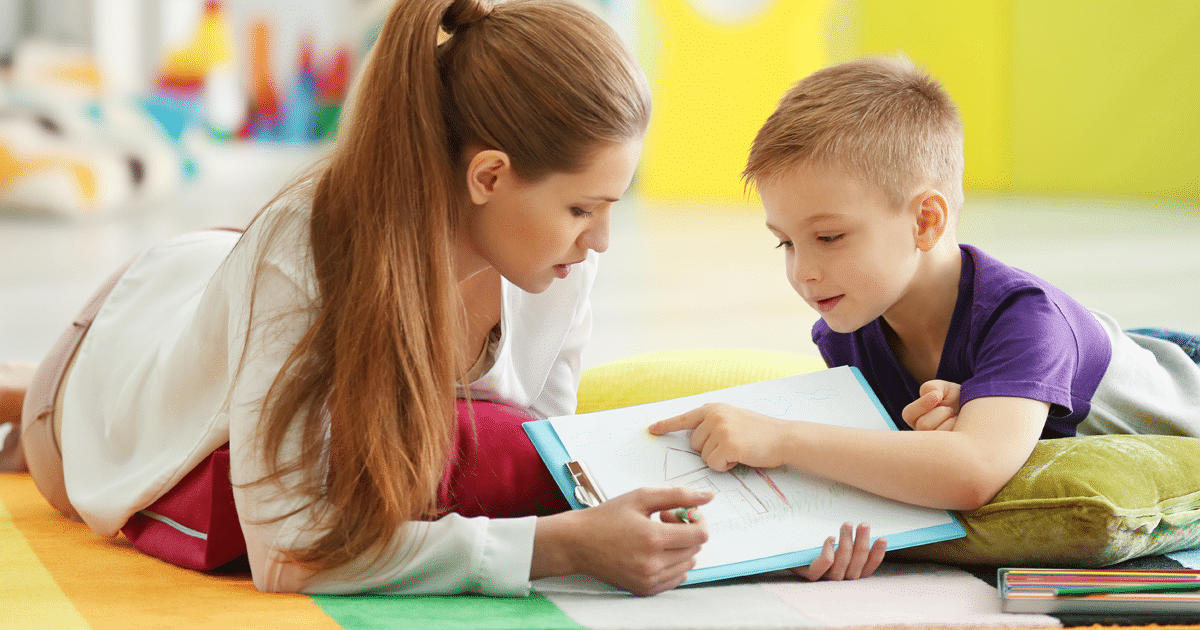
Here are some strategies you can try at home to help your child:
- Use a visual timer during tasks where your child has difficulties focusing: Analog clocks show the passage of time more visually than digital clocks, which allows us to anticipate events. To provide further visual cueing and reduce anxiety of not knowing when time is up/being told to end an activity “all of a sudden”, try a sand timer or a Time Timer so your child can see how much time is left!
- Try a visual schedule for daily routines: A visual representation of the various tasks in a routine can help make it more predictable and help the child learn what the next steps are. Making your own is easy as 1-2-3-4!
- Collect pictures of different parts of a daily routine. Depending on your child’s needs, you may use simple clipart or take real life photos.
- Make them into magnets or stick Velcro or clothespins onto the back. This depends on what kind of board you have to use. You can think about whether or not you want the schedule to be portable so they can carry it with them (e.g. or if the activities are only done in a single environment (e.g. brushing their teeth). Try using a small clipboard, magnetic notice board or stiff cardboard.
- Place the activities in sequential order and save a space to place the picture once the item is done. This could be done with 2 columns side by side. Or front and back.
- Add step #s and key words (e.g. sock, pants, shirt, coat) as needed.
- Examples of visual schedules: If your child is ready and able to use an iPad or tablet. You can try using an app like Choiceworks to create their visual schedules.
- Create a chill out zone with activities for the child to calm down and regulate their emotions . You can take this opportunity to involve your child in discussing what activities or strategies they have found to work, or want to try. Examples include:
- Bean bags, a crash mat or heavy blankets (made out of stretchy fabric): These items can give your child some proprioceptive input (or the feeling of knowing where your muscles, joints and body is in space) that can help your child regain focus and organize themselves.
- Rocking chair or swing: some children seek vestibular (movement) stimuli and find it calming (in small doses).
- An indoor sensory/swing hammock : this type of hammock made of stretchy fabric allows kids to receive sensory input from moving around (since it swings!) and the pressure against their joints as they stretch out in it!
- Calm music: Sounds of nature are generally calming and there is also music that is specifically engineered to help promote focus and calm. Here’s an example: Click here
- Engage with your child in finding out what music calms them because what you find soothing, they may find distressing and vice versa!
Here are some strategies you can try in the classroom to help your child:
- Help your student stay in their seats:
- A theraband around chair legs/move and sit cushion: this simple addition to your student’s chair can give them the sensory input they crave, whether it’s from feeling the pressure against their ankles, stepping on the band to feel its bounciness or trying to stabilize on a wobbly cushion!
- Velcro under the desk or fidget toys (e.g. pencil fidgets, stress ball, putty) allow students to stay in their seats and keep their hands busy with something that provides tactile input or pressure against the joints in their hand that can help calm their nerves.
- Look at your child’s desk arrangement:
- Are they close enough to the board/teacher’s desk?
- Are they close to distractions (i.e. the door/the window/preferred activity area?)
- Is it possible for a visual schedule and timer at their desk/in their classroom? These items could benefit most students, not just those with special needs.
- Give your student a helping role! Whether it be setting up for the next activity or being involved in helping lead others in a demonstration. Allowing your student to be a teacher’s helper gives them a chance to move around and expend some energy, possibly train their organization skills and also a sense of responsibility.
For children with attention and emotional regulation difficulties, and those living with Attention Deficit Hyperactivity Disorder (ADD/ADHD) or Autism, OTs can help your child work on emotional self-regulation. This means helping your child find ways of responding to their own changing emotions as the demands of their environment or activity changes. By learning how to manage their emotions, they will be able to react in socially tolerable ways that can allow them to complete tasks, socialize and be more successful in the classroom.










